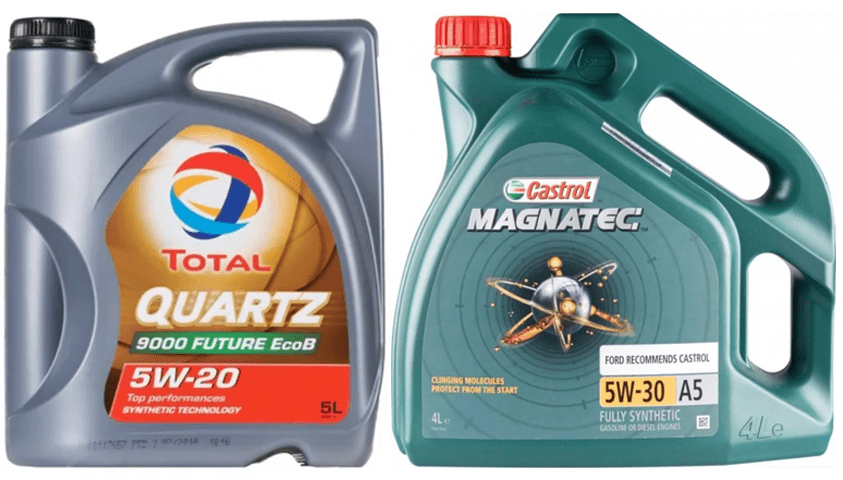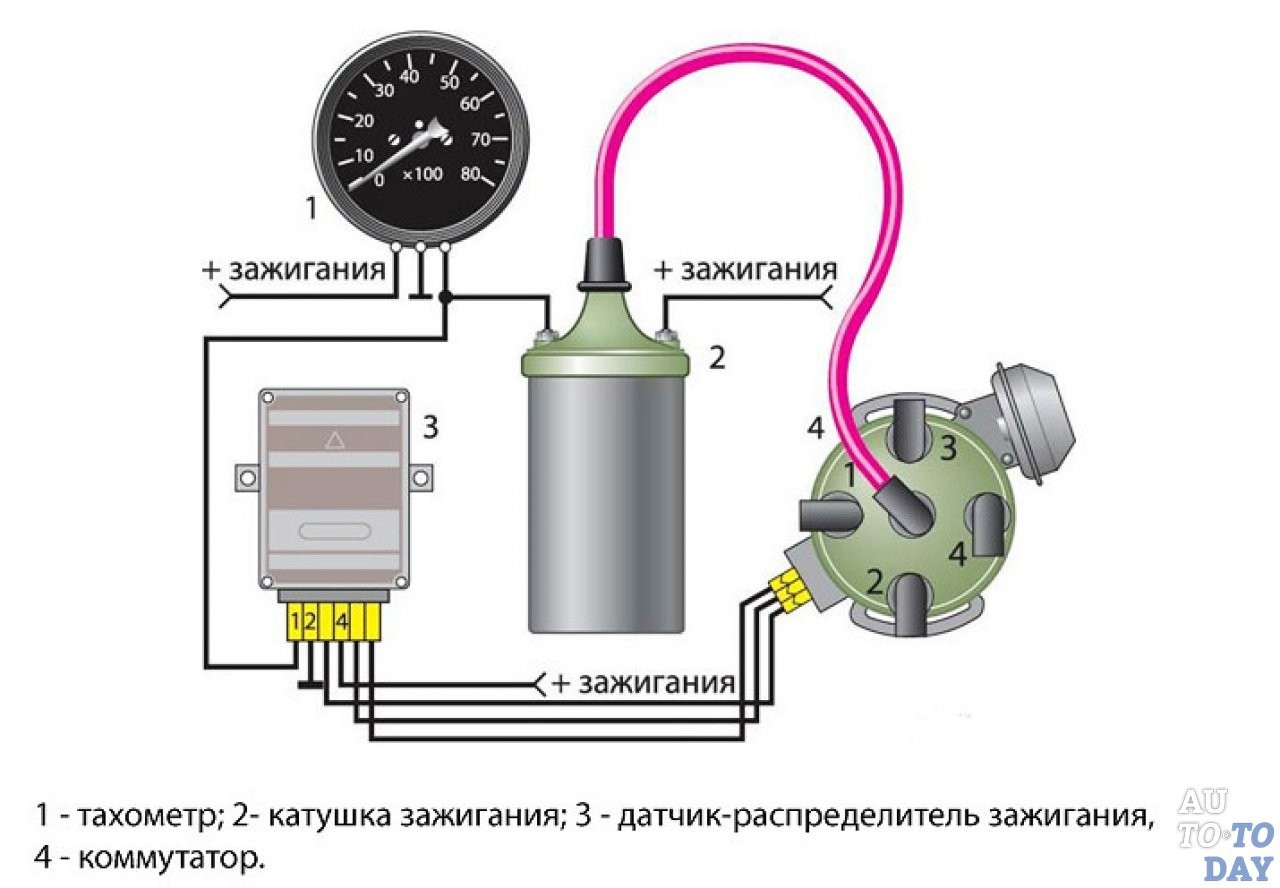
Why are 5W-30 and 5W-20 oils so common?
Content
Changing the oil is one of the most important car care tasks. Most vehicles use 5W-20 or 5W-30 oil because these oils perform best in high or low temperatures.
In terms of car care, nothing is more important than an oil change. The reason why 5W-30 and 5W-20 motor oils are so common is because they work very well with a wide variety of engines. More often than not, these types of oils are best suited for the range of possible temperatures: 5W-20 is more suitable for cold climates, and 5W-30 is more suitable for extremely high temperatures. For the most part, any of these should work fine in an engine regardless of the prevailing temperatures.
Difference between 5W-30 and 5W-20 engine oil
The main difference between 5W-30 engine oil and 5W-20 is that the latter is less viscous (or thicker). When used in a car engine, 5W-20 oil creates less friction due to its lower viscosity, meaning it causes less drag on engine parts such as the crankshaft, valve train, and pistons. This may provide a slight increase in fuel efficiency.
The more fluid nature of 5W-20 oil also allows the oil pump to more easily move it from the oil pan to the rest of the engine. This makes 5W-20 preferred for very cold climates where it is important to have a thinner oil that can flow easily on start up. Where 5W-30 comes into play is in hotter climates where liquid oil tends to break down at higher temperatures. This translates to the strength of 5W-30 oil preventing it from breaking down as quickly as 5W-20 oil, providing better overall protection for engine parts.
Oil with the same viscosity and oil with different viscosity
Designed to operate in a variety of temperature ranges, this multi-viscosity oil is one of the best automotive engine oils. Single viscosity oils of the past provided protection in both hot and cold weather, depending in large part on the weight or extreme cold temperatures in which they were operated. This usually meant using 5W-30 oil in the fall and winter and 10W-30 in the spring and summer.
On the other hand, multi-viscosity oils use special additives to increase the viscosity of the oil. Ironically, these viscosity improvers expand as the oil heats up, providing higher viscosity at higher temperatures. As the oil cools, these additives compress, making the oil thinner, which is best suited for use at lower engine temperatures.
How oil additives help clean and protect your engine
Oil manufacturers use automotive oil additives to improve the performance of the oil when it comes to lubrication. In addition, some other effects of additives in oils include cleaning engine parts from deposits, inhibiting corrosion or rust inside the engine, and preventing oil breakdown due to oxidation or extreme temperatures.
Which oil should vehicle owners use?
When looking for the engine oil that is best for your vehicle, there are certain factors to keep in mind. While there aren't many differences between the protection provided by 5W-30 and 5W-20 oils, there is a slight difference in the viscosity levels of each. The thicker 5W-30 should have a slight advantage in higher temperature operation, while the thinner 5W-20 should provide better engine protection at lower temperatures and have the added benefit of a slight increase in fuel efficiency.
The flexibility of modern synthetic motor oils means that 5W-30 and 5W-20 oils protect your engine equally well regardless of climate or season. Mobil 1 offers a wide range of multi-viscosity oils to suit your engine. AvtoTachki offers high quality synthetic or conventional Mobil 1 oil with every mobile oil change.
